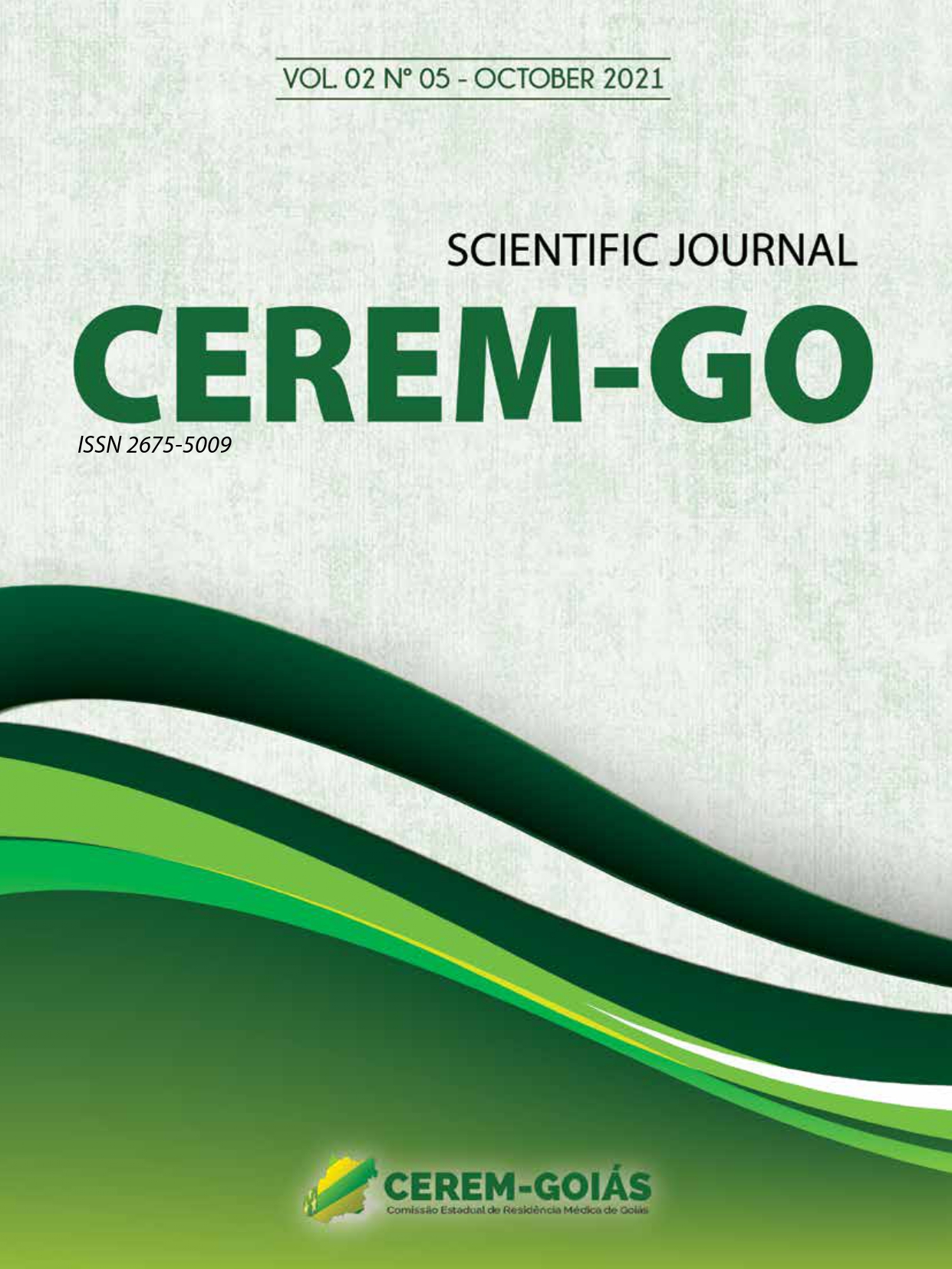SUPRACONDYLAR FRACTURES OF THE HUMERUS IN CHILDREN
DOI:
https://doi.org/10.37951/2675-5009.2021v2i05.64Keywords:
HUMERAL FRACTURES, CHILD, FRACTURE FIXATIONAbstract
Objective: Evaluate the sociodemographic and clinical characteristics of pediatric patients treated at a public hospital for supracondylar fracture of the humerus. Material: Observational study based on the analysis of medical records and data from the outpatient follow-up of pediatric patients treated for supracondylar fracture of the humerus. Methods: Frequencies were collected and estimated in relation: age, gender, nerve injury in trauma, vascular injury in trauma, affected limb, classification of the type of injury according to Gartland and need for open reduction. Results: 328 children between 0 and 12 years of age were assisted (average: 5.78 2.47 years). The fixed age group between 5 and 8 years had the highest frequency of injuries (49.7%, n=163). Type III Gartland was the most frequent injury (55.8%, n= 183). Most children with supracondylar fracture of the humerus were male (55.8%, n=183), the left side (non-dominant) was the most affected (60.1%, n=199), the vascular lesion was observed in two cases (0.6%) and nerve damage in 6 cases (1.8%), in which the ulnar nerve was the most affected. In 13.4% of cases (n=44) open reduction was required. Conclusion: Supracondylar fractures of the humerus are more common in male pediatric patients, aged 5 to 8 years, with a low incidence of vascular and nerve damage, and in most cases, without need of open reduction.




